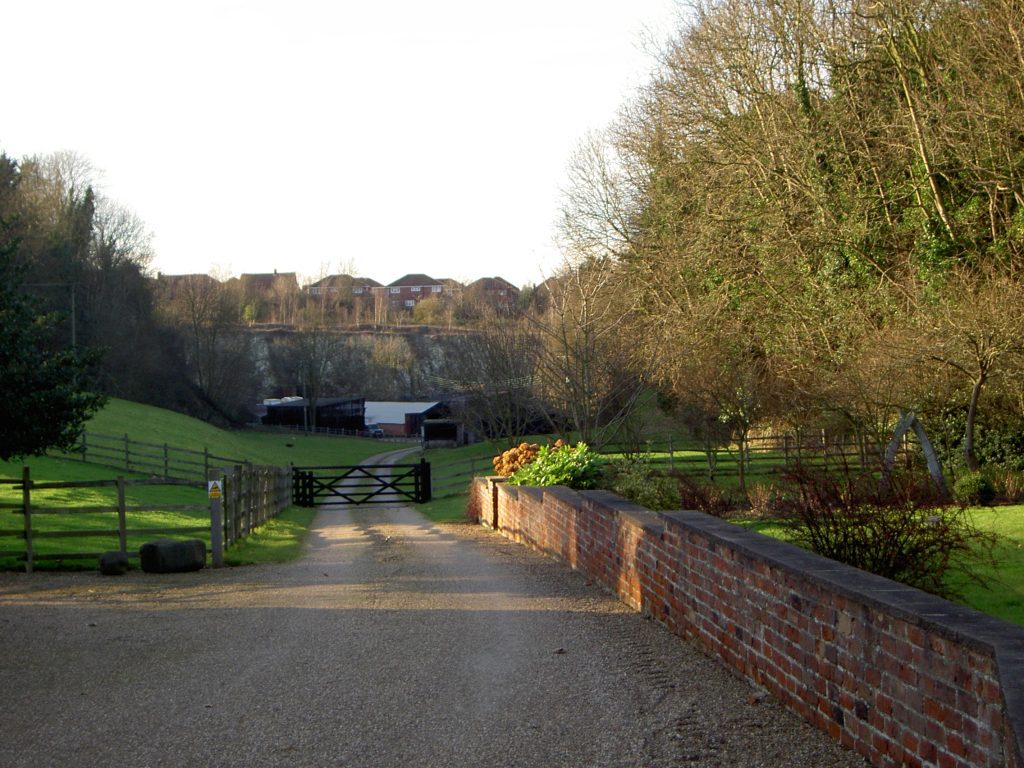
Disused chalk quarries that were originally excavated for commercial purposes are a significant landscape feature in the Humberside region, particularly on the south bank.
With Barton on Humber evolving as an Anglo-Saxon settlement at the foot of two dry valleys and on the edge of the Estuary flood plain it follows that when leaving Barton by any of the three main roads, Ferriby Road, Brigg Road and Barrow Road, the way is uphill and this has resulted in the ability to excavate quarries into the hill-side. Although these quarries are now in the town, they were originally just outside. The parish quarry beside Barrow Road has already been mentioned (s.p.b.s). The three disused quarries beside Ferriby Road remain in private ownership and are best seen from the upper deck of double-decker busses sometimes put on the 350 or Humber Flyer routes. The photo. above is of the quarry face of one of these three, this view briefly visible from the A1077.
The development of the Ferriby Road quarries was allied to the development of the local whiting industry which successive 19th century trade directories describe as one of Barton’s principal industries. These three quarries are, in effect, side-by-side on the north side of Ferriby Road.
The one highest up the hill was almost certainly the first of the three to be excavated and its allied lime-burning trade figures in White’s trade directory of 1826.
Lime, or quicklime, was produced by heating chalk stone in a furnace thus reducing it to a powder. This product had many uses, some within the town, such as restoring a balanced ph level to arable land, as the main constituent of lime-mortar as used by bricklayers before the coming of cement mortar and by undertakers to hasten decomposition.
As stated chalk was also the basic raw material used in whiting manufacture.
(to be continued).